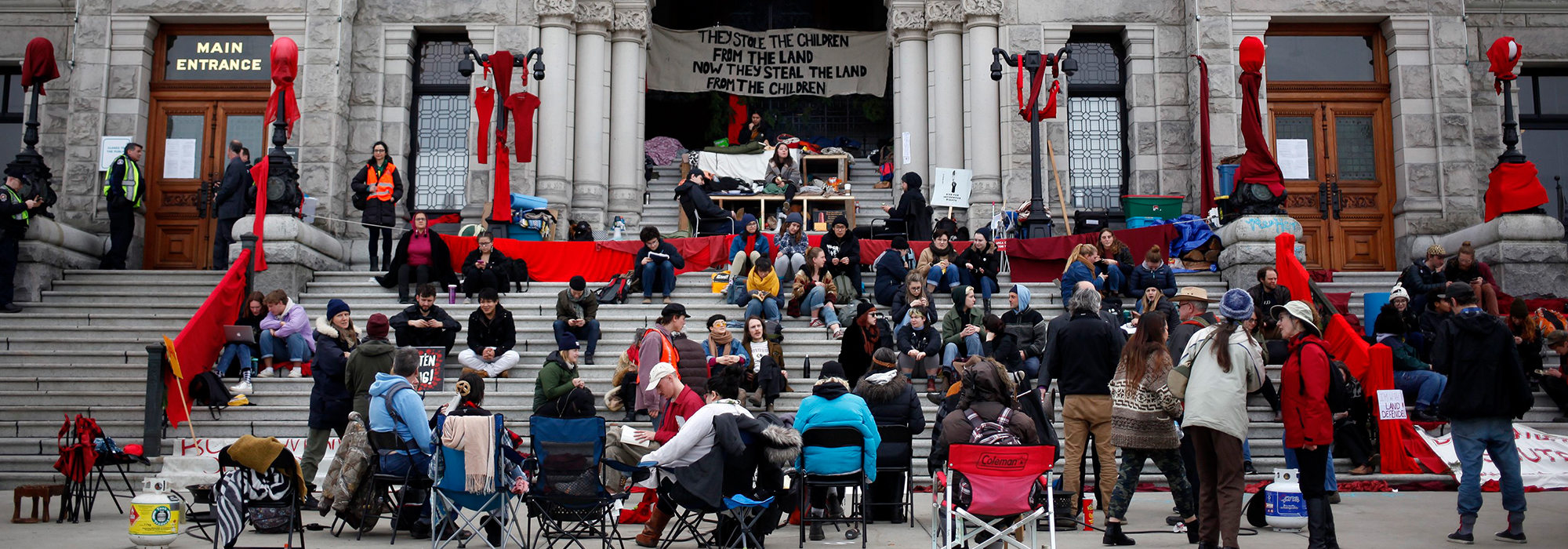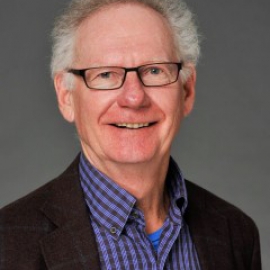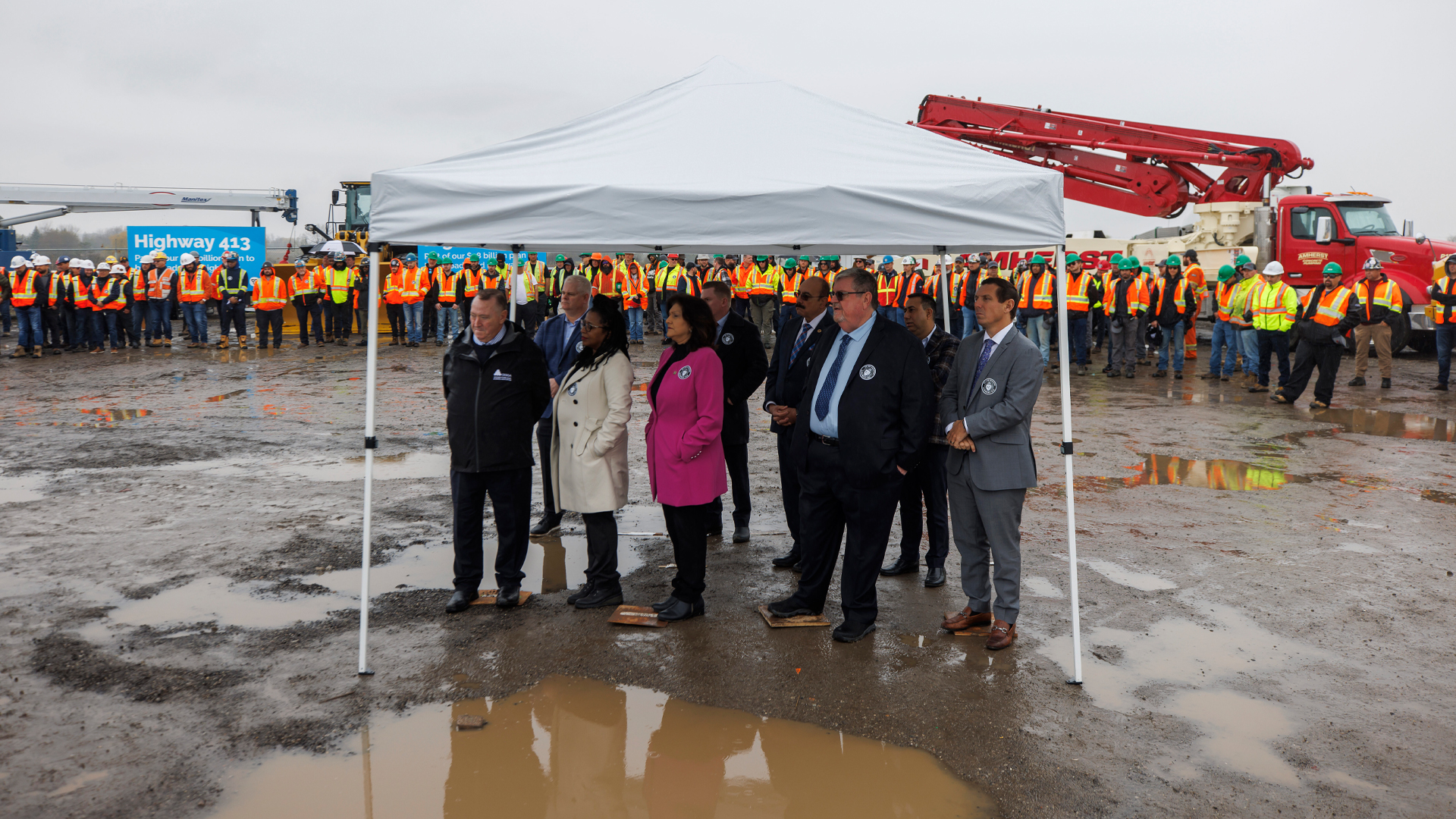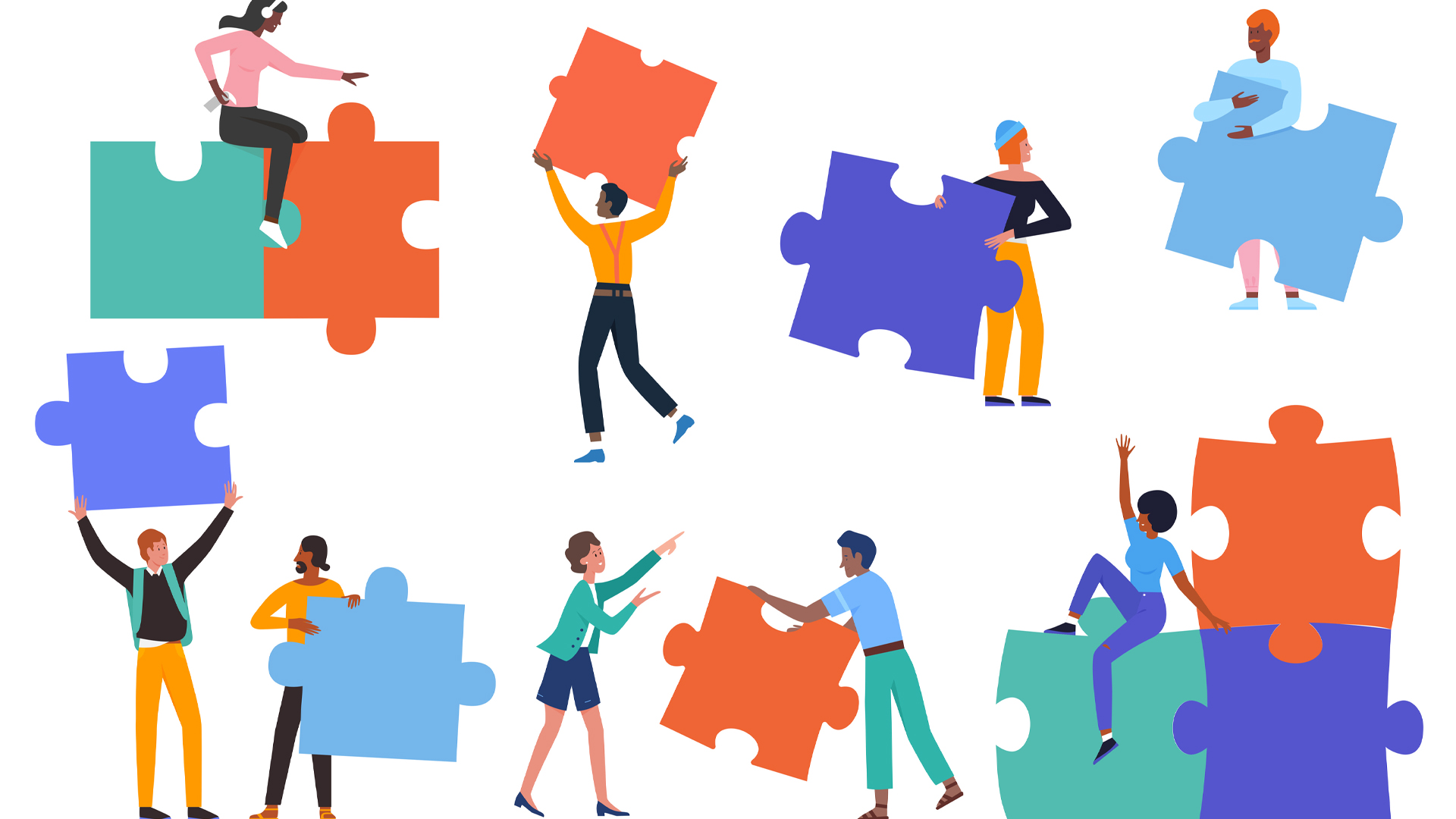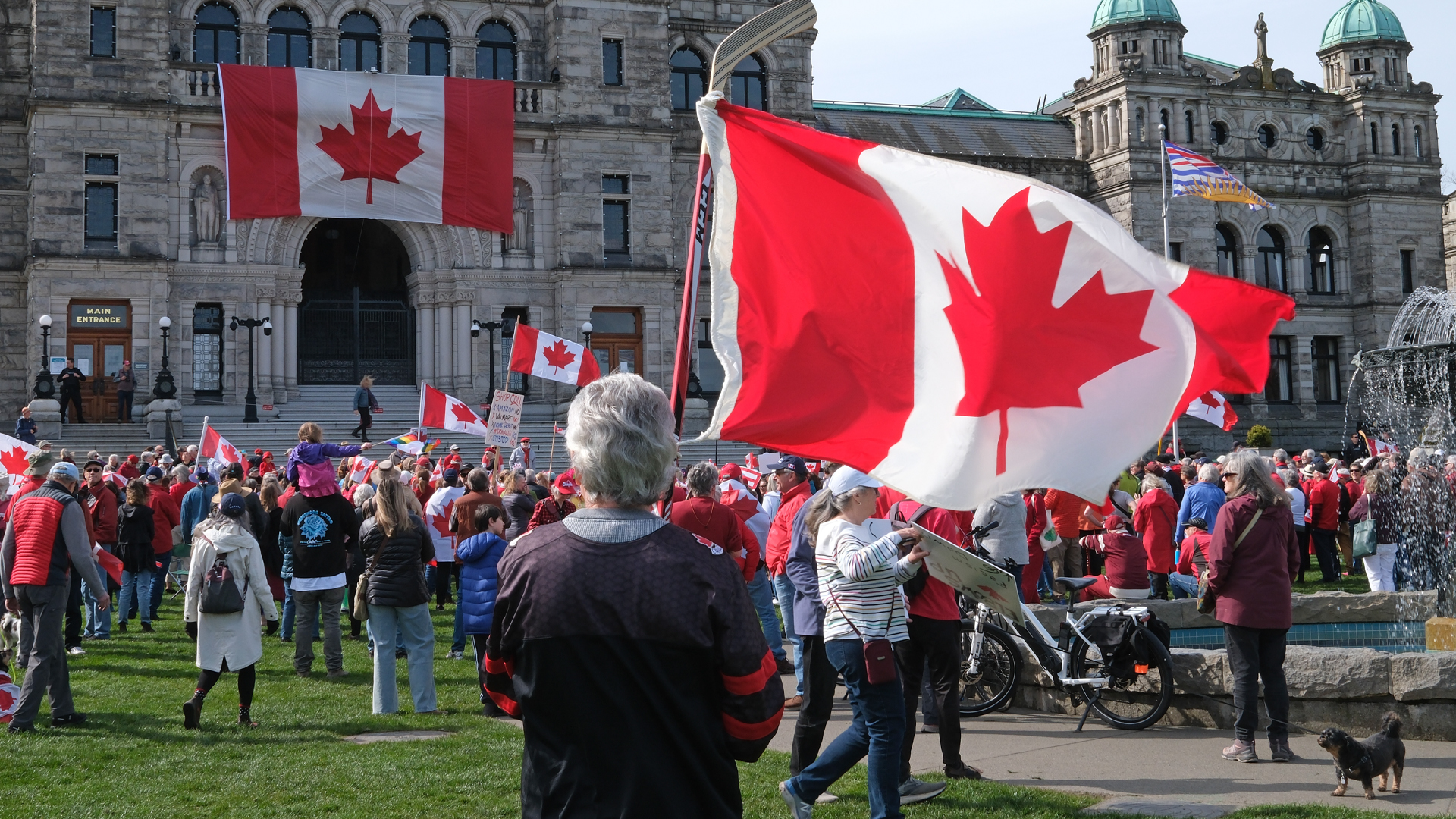
Canadians have lived through many confrontations over Indigenous rights and resource development, but few have had such high stakes as the one that erupted last month and is still unfolding, with a proposed deal newly announced after weeks of rail blockades across the country as Wet’suwet’en hereditary chiefs have protested the Coastal GasLink pipeline that would run through their territory in British Columbia. Hanging in the balance, depending on one’s perspective, are not only the rights of particular First Nations but the coastal environment, the livelihoods of people travelling or shipping by rail, Canada’s reputation as a reliable trading partner, the survival of the federal minority government and the future of reconciliation itself.
Also at stake are the hearts and minds of the Canadian public. Some worry that the prolonged blockades of roads and railways has put public buy-in to the reconciliation agenda at risk — and with good reason. A look back at survey data from 1990 shows that the Oka crisis did erode public support for Indigenous land claims. While few Canadians approved of how the federal and provincial governments handled the crisis, there was little sympathy for the Mohawk barricaders, either. Tellingly, the only actor in the Oka dispute whom the public did support was the army. Two-thirds of Canadians backed the decision to call the army in to deal with the situation.
But Canada is a very different country than it was 30 years ago. Using excessive force to bring down the barricades would likely have been seen by many Canadians as a strategy that is three decades out of date. It would also have set back the clock on years of slow but steady bridge-building.
One big change in the public’s mindset is the emergence of climate change as a major concern. At their heart, both the Oka crisis of 1990 and the current conflict are about Indigenous control over Indigenous lands. But the current conflict can also be framed as being about whether the need to move fossil fuels to market should continue to trump all other concerns. It comes at a time when more Canadians name climate change than name the economy as the most important issue facing the country. The interweaving of Indigenous self-determination with the fight against climate change has shifted the lens through which the public is gauging the federal government’s reaction to the crisis — and, as a result, has affected the government’s room to manoeuvre.
A second change has to do with the bumpy journey toward reconciliation. As distant as the end point of this journey may seem, it would be a mistake to think that the past several decades of public discussion has left Canadians no better informed than before. In fact, most Canadians now recognize the wrongs that Indigenous peoples have faced and support actions to redress those wrongs.
For instance, most Canadians believe that Indigenous peoples experience discrimination in our society and are disadvantaged in their standard of living. And overwhelming majorities support policies such as equalizing funding for Indigenous education and spending more to improve the quality of housing and drinking water in Indigenous communities.
More important, two in three Canadians believe that individuals like themselves have a role to play in efforts to bring about reconciliation. This points to a recognition that reconciliation is not just about what governments do; it is also about broadening understanding and promoting dialogue more widely across society.
Generational change will likely keep the momentum for reconciliation going. Almost two-thirds of non-Indigenous youth in Canada now have an awareness of the history of Indian residential schools. And young Canadians want to know more: over 80 percent agree that everyone will benefit from looking more closely at Indigenous perspectives on community, land and culture, and almost 90 percent agree that it is important to understand the true history of how Indigenous peoples have been treated by governments and society in this country.
None of this is to suggest that the public can be counted on to support those who disrupt the country’s transportation networks. There remains a gap between the public’s strong desire to see improvements in the treatment of Indigenous peoples in Canada, and its uncertainty about the nature and extent of Indigenous rights and what these mean in practice for resource development. And if the lines between peaceful protest, civil disobedience and resistance get more blurred, most may once again side in the short term with those entrusted to reimpose order.
But Canada has moved on from where it was in 1990 — before reconciliation entered the public’s lexicon. Canadians don’t just want things to get back to normal, they want things to get better. That is why the onus is on Indigenous and non-Indigenous leaders alike to find a way out of this crisis that differs from what was done in the past.
Photo: Wet’suwet’en supporters and Coastal GasLink opponents continue to protest outside the BC Legislature in Victoria, BC, on Thursday, February 27, 2020. THE CANADIAN PRESS/Chad Hipolito
Do you have something to say about the article you just read? Be part of the Policy Options discussion, and send in your own submission. Here is a link on how to do it. | Souhaitez-vous réagir à cet article ? Joignez-vous aux débats d’Options politiques et soumettez-nous votre texte en suivant ces directives.




